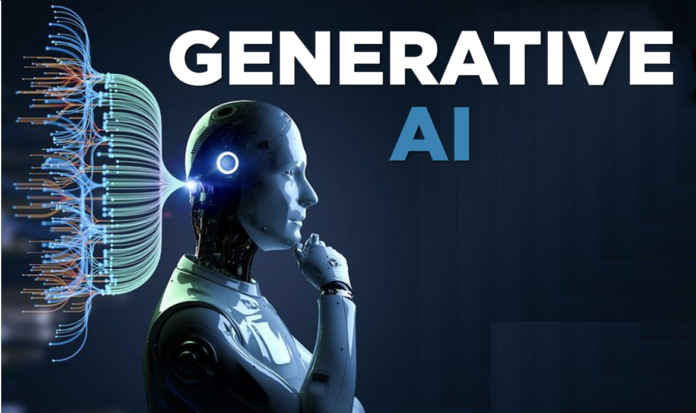Talks about artificial intelligence (AI) in 2023 have mostly focused on generative AI. But the excitement surrounding this technology has peaked. To build strong cases for investment, leaders in data and analytics need to keep up with emerging trends in generative AI (GenAI) and monitor the advancement of the field.
For instance, generative AI has significantly improved knowledge workers’ and developers’ productivity through ChatGPT and similar systems. Businesses and sectors have had to reconsider their business procedures as a result.
The generative AI movement has two facets as it progresses toward more potent AI systems: innovations that GenAI will fuel and innovations that GenAI will fuel.
Innovations driven by artificial intelligence
Business is impacted by generative AI in terms of authenticity, discovery, and regulation of content. It can also automate human labor and the interactions that employees and customers have with it.
The following are some of the crucial technologies that fit under this category:
The (currently speculative) intelligence of a machine that is capable of performing any intellectual work that a human can is known as artificial general intelligence or AGI.
The basis for the large-scale enterprise delivery of AI solutions is AI engineering. Coherent enterprise development, delivery, and functional AI-based systems are produced by the discipline.
Machine learning (ML) models can be built, trained, deployed, and consumed as cloud services on prebuilt infrastructure thanks to the AI model-building tools, associated middleware, and APIs for prebuilt services that are provided by cloud AI services.
The combined application (or fusion) of various AI techniques to increase learning efficiency and raise the bar for knowledge representations is known as composite artificial intelligence. It provides more efficient solutions for a larger variety of business issues.
In order to improve AI results, data-centric AI emphasizes improving and enriching training data. Additionally, data quality, privacy, and scalability are addressed by data-centric AI.
The term “edge AI” describes the application of AI methods integrated into IoT endpoints, edge servers, gateways, and non-IT products. It includes use cases for commercial, industrial, and consumer applications, including enhanced medical diagnostic capabilities, streaming video analytics, and driverless cars.
The end-to-end governance and life cycle management of advanced analytics, artificial intelligence, and decision models is the main focus of model operationalization, or ModelOps.
Operational AI systems (OAISys) facilitate the scalability, automation, and orchestration of enterprise-grade and production-ready AI, including ML, DNNs, and generative AI.
Smart robots are AI-driven, frequently mobile devices that can carry out one or more physical tasks on their own.
A class of data known as synthetic data is created artificially, as opposed to being gathered through firsthand observations of the real world.
Inventions that will accelerate the development of generative AI
The popularity of large language models, ChatGPT, stable diffusion, and midjourney has accelerated the exploration of generative AI. Most industries’ end-user organizations are actively experimenting with generative AI.
To prioritize the delivery of tools and applications enabled by generative AI, technology vendors are organizing generative AI groups. In 2023, a large number of startups have arisen to experiment with generative AI, and this trend is anticipated to continue. A few governments are planning to introduce regulations while assessing the effects of generative AI.
The following are some of the crucial technologies that fit under this category:
AI simulation is the collaborative development of AI agents and the simulated environments in which they can be tested, trained, and occasionally deployed through the application of AI and simulation technologies.
The management of AI trust, risk, and security, or AI TRiSM, guarantees data protection, data governance, fairness, robustness, efficacy, and reliability of AI models.
In order to move beyond correlation-based predictive models and toward AI systems that can prescribe actions more effectively and act more autonomously, causal AI recognizes and makes use of cause-and-effect relationships.
In order to improve data for analytics and artificial intelligence projects, data assets are further categorized, segmented, annotated, and enhanced through the process of data labeling and annotation, or DL&A.
Large-parameter models that have been self-supervised trained on a wide range of datasets are known as foundation models.
Machine-readable depictions of the real and digital worlds are called knowledge graphs. They follow a graph data model and comprise entities (people, businesses, and digital assets) and their relationships.
The phrase “responsible AI” refers to all aspects of using AI while making morally and commercially sound decisions. It includes organizational duties and procedures that guarantee constructive, responsible, and moral AI development and use.
The potential impact of generative AI on organizations is unlike anything else seen in the last ten years. Leaders in data and analytics need to take advantage of these trends in order to plan their AI strategy for the future and make use of technologies that have a significant impact now.


